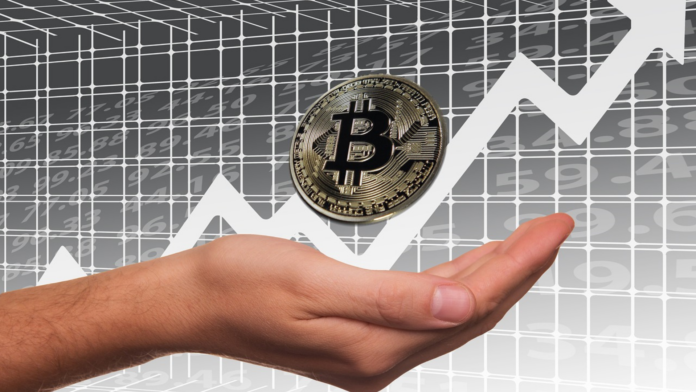Bitcoin surged past $105,000 on Monday, moving within striking distance of its all-time high above $109,350, as markets responded positively to a breakthrough in U.S.-China trade relations. The cryptocurrency market rallied after Sunday’s surprise announcement of a temporary reduction in tariffs between the world’s two largest economies.
Trade Tensions Ease After Geneva Negotiations

Following two days of high-level negotiations in Geneva, U.S. Treasury Secretary Scott Bessent and Trade Representative Jamieson Greer announced a significant de-escalation in the recent trade war that had pushed tariffs on both sides above 100% in recent weeks.
Under the new agreement, the United States will cut tariffs on Chinese goods from a punishing 145% to 30% for a 90-day period. China reciprocated by announcing it would lower tariffs on U.S. goods from 125% to 10% over the same timeframe.
“This temporary reduction provides breathing room for both economies while we work toward a more comprehensive trade framework,” said Secretary Bessent at the Sunday press conference. “Markets have responded favorably to this pause in escalation.”
Bitcoin’s V-Shaped Recovery
The leading cryptocurrency has experienced a remarkable turnaround since early April, when it traded as low as $75,000. Currently changing hands at approximately $105,500, Bitcoin has surged nearly 40% in just over a month, with a 10% gain last week alone.
Market analysts attribute the recent price acceleration to two key factors:
- Continued strong inflows into spot Bitcoin ETFs
- Bullish sentiment following the trade agreement announcement
“The easing of trade tensions removes a significant inflationary pressure from the global economy,” said Markus Thielen, founder of 10x Research. “This could provide the catalyst Bitcoin needs to push through to new all-time highs above $109K.”
Inflation Data Could Fuel Further Gains
Cryptocurrency investors are now turning their attention to Tuesday’s release of U.S. Consumer Price Index (CPI) data, which could provide additional momentum for Bitcoin’s rally.
The April CPI is expected to show inflation easing to 2.3% year-on-year, down from March’s 2.4%, according to RBC. Core CPI, which excludes volatile food and energy prices, is projected to remain stable at 2.8%.
“If inflation continues its downward trend, we could see increased market confidence in potential Federal Reserve rate cuts later this year,” noted a senior economist at a major investment bank. “Lower interest rates traditionally benefit risk assets like Bitcoin.”
Even if inflation comes in hotter than expected, many analysts believe such data would be dismissed as backward-looking, reflecting April’s high tariff environment rather than the new trade reality.
Altcoin Market Poised for Follow-Through
The positive sentiment surrounding Bitcoin is expected to cascade through the broader cryptocurrency market in what traders call the “altcoin season” effect.
“Bitcoin often leads the market cycle, with altcoins following once Bitcoin establishes a solid trend,” explained a veteran cryptocurrency trader. “If BTC consolidates above $105,000 and especially if it breaks through to new highs, we could see accelerated gains across the entire crypto asset class.”
Institutional investors appear increasingly comfortable with Bitcoin as an alternative investment, particularly in times of geopolitical uncertainty. The cryptocurrency’s limited supply of 21 million coins continues to be a key narrative amid concerns about inflation and currency debasement.
As global markets digest the implications of the U.S.-China trade agreement, Bitcoin stands at a crucial threshold, with many believers expecting the digital asset to establish new price territory above $110,000 in the coming days.




